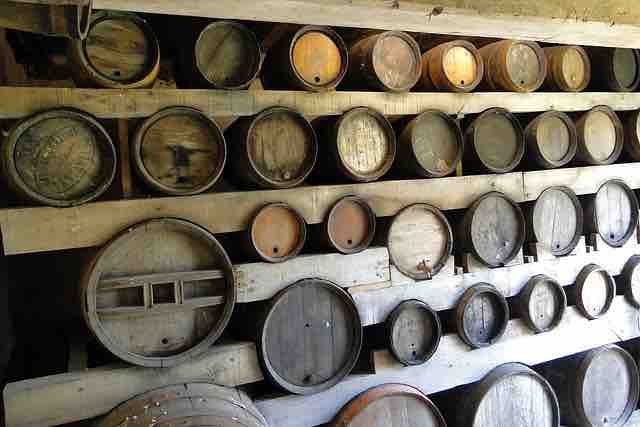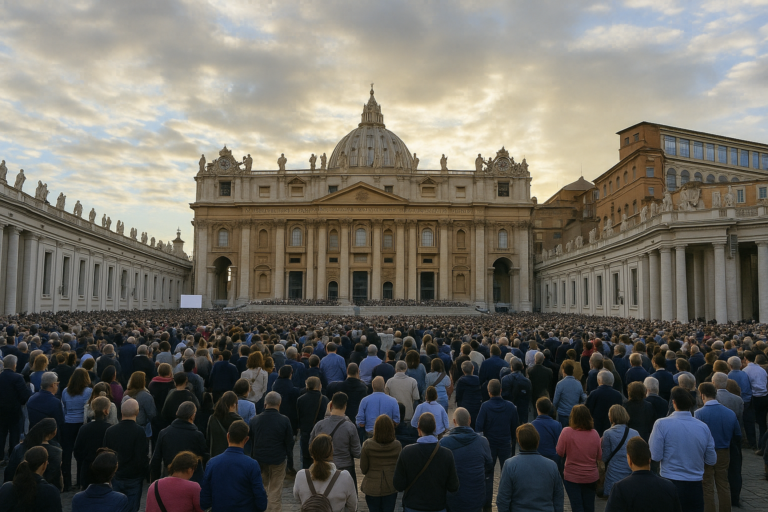Bourbon, the classic American spirit, owes its distinct flavor and character to the aging process in charred white oak barrels. But what happens when the key ingredient in bourbon production, white oak, becomes scarce? The bourbon industry is facing this very real threat due to a combination of factors, and the consequences could be dire.
White oak trees are the preferred source for barrels used in bourbon production because of their unique properties. The wood’s tight grain and high tannin content contribute to the flavors and aromas that bourbon lovers know and love. But white oak trees take a long time to grow – often 100 years or more – and require a specific climate to thrive. This makes the supply of white oak finite and vulnerable to disruption.
One major factor contributing to the white oak shortage is the increased demand for bourbon worldwide. As bourbon gains popularity and production expands, so does the need for more barrels. The problem is compounded by the fact that many distilleries insist on using new barrels for each batch of bourbon, further depleting the supply of white oak.
Another factor is the impact of climate change on white oak forests. Droughts, pests, and diseases are becoming more prevalent, and wildfires are becoming more frequent and destructive. This not only affects the availability of white oak trees but also their quality. Trees that are stressed by climate conditions may produce weaker, less flavorful wood.
The shortage of white oak is already having an impact on the bourbon industry. Prices for new barrels have increased significantly, and some distilleries are turning to alternative woods like cherry, maple, and oak from other regions. While these woods can produce barrels with unique flavors, they do not offer the same consistency and quality as white oak.
In the long term, the white oak shortage could threaten the very existence of the bourbon industry. The distinctive flavors and aromas of bourbon are what make it such a beloved spirit, and any compromise on quality could turn off consumers. Additionally, the shortage could lead to consolidation within the industry as smaller distilleries struggle to afford the rising cost of white oak barrels.
To mitigate the impact of the white oak shortage, the bourbon industry is exploring alternative solutions. One approach is to use barrels that have been previously used for other spirits, such as wine or whiskey. These barrels may not impart the same depth of flavor as new white oak barrels, but they can still contribute to the overall character of the bourbon.
Another approach is to experiment with different types of wood to create unique flavors and aromas. Some distilleries are already doing this with great success, using barrels made from hickory, pecan, or mesquite to add new dimensions to their bourbons.
In conclusion, the white oak shortage is a very real threat to the bourbon industry, and it will require creative solutions to overcome. Whether it’s experimenting with alternative woods or reusing barrels, the industry must be proactive in finding ways to maintain the quality and character of bourbon. If not, we may one day find ourselves sipping on a spirit that is a mere shadow of its former self.











